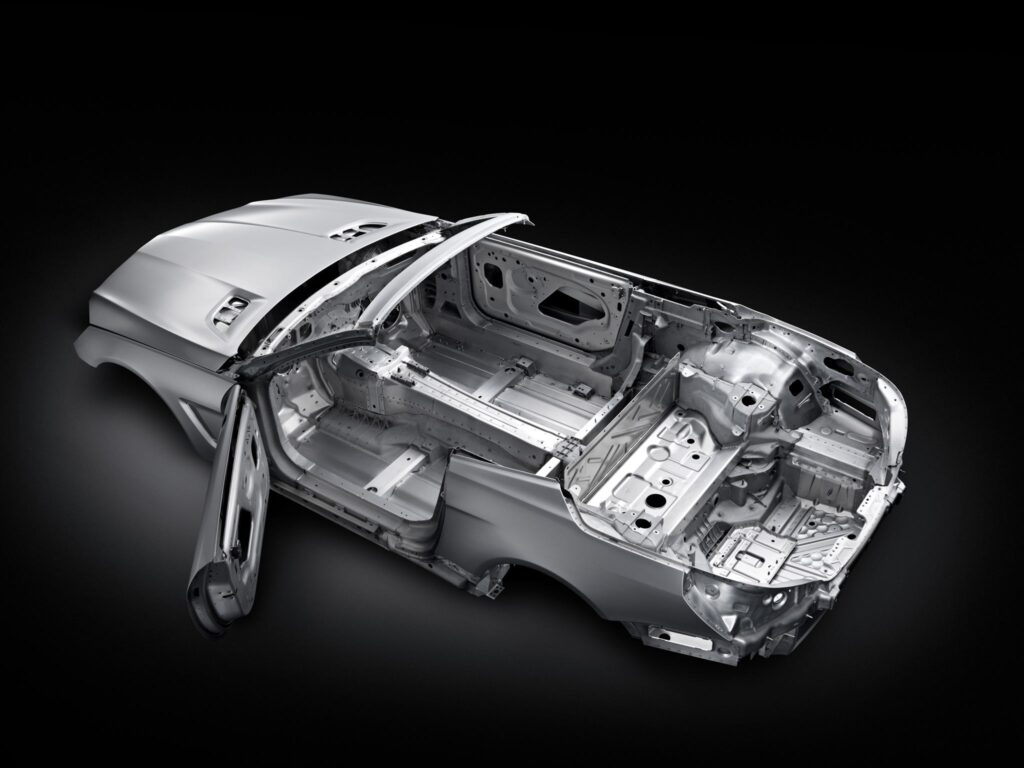 Car bodyworks are more and more frequently manufactured by using high strength steels, both for reducing their weight and for improving the passive safety. Bodywork components are typically obtained through a drawing process by using steel sheets and are successively joined either by resistance spot welding (RSW), or, even if infrequently used, by laser welding. Some researchers have studied some welded joints implemented with these two methods on high-strength steels with similar ultimate strength. The innovative TWIP steel is compared with DP steel. What is highlighted by the analysis is that, with ultimate strength of both steels, close to 1GPa, the TWIP steel features lower fatigue strength, which can be explained considering its structure and its value of yield stress. After the spot welding, the apparent fatigue strength of both steels is much reduced.
Car bodyworks are more and more frequently manufactured by using high strength steels, both for reducing their weight and for improving the passive safety. Bodywork components are typically obtained through a drawing process by using steel sheets and are successively joined either by resistance spot welding (RSW), or, even if infrequently used, by laser welding. Some researchers have studied some welded joints implemented with these two methods on high-strength steels with similar ultimate strength. The innovative TWIP steel is compared with DP steel. What is highlighted by the analysis is that, with ultimate strength of both steels, close to 1GPa, the TWIP steel features lower fatigue strength, which can be explained considering its structure and its value of yield stress. After the spot welding, the apparent fatigue strength of both steels is much reduced.



